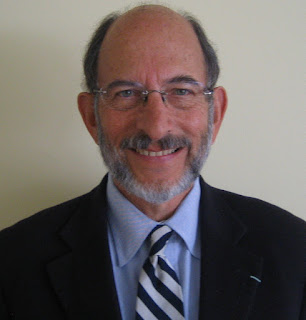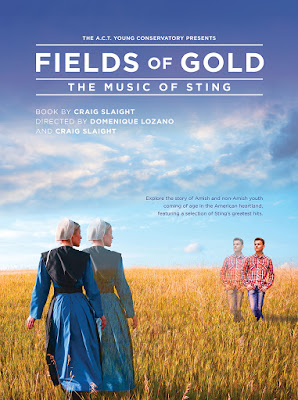Moving The Dial: The Women's Leadership Conference

By Elspeth Sweatman “We are here today to dialogue, to create, to unearth the big questions and bold strategies for moving conversation deeper and further around women and men of color in leadership in the American theater,” said Erin Washington, A.C.T.'s Interim Artistic Producing Associate and one of the organizers of the Women’s Leadership Conference that A.C.T. hosted on Monday at The Strand. Research from the Wellesley Centers for Women. Infographic created by A.C.T. Marketing Team. The conference began with the presentation of research conducted by Sumru Erkut and Ineke Ceder from the Wellesley Centers for Women . It was followed by responses from a panel including Seema Sueko (Deputy Artistic Director at Arena Stage), Shafer Mazow (Senior Grants Manager at Exploratorium), Michele Shay (actress, director, and producer), Elena Chang (Associate Director of Equity, Diversity & Inclusion at Theatre Communications Group), Anne Kauffman (Board Member at Stage Di...



